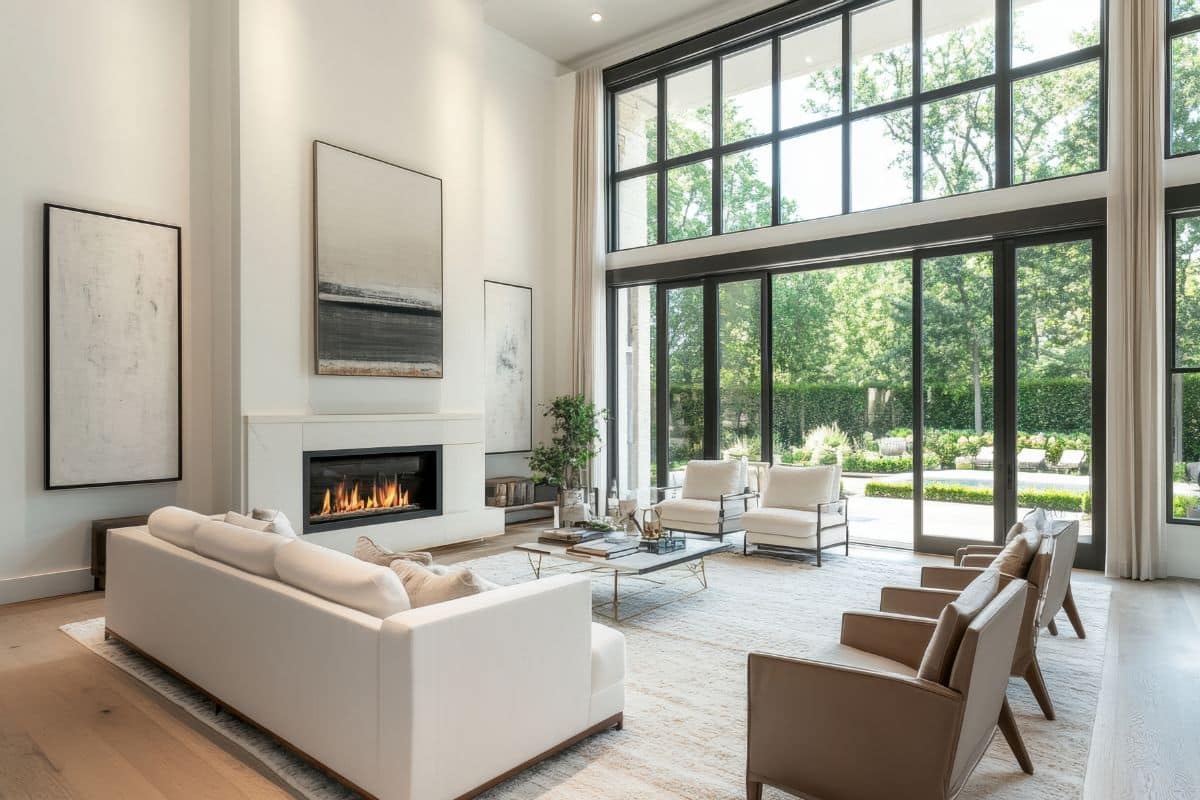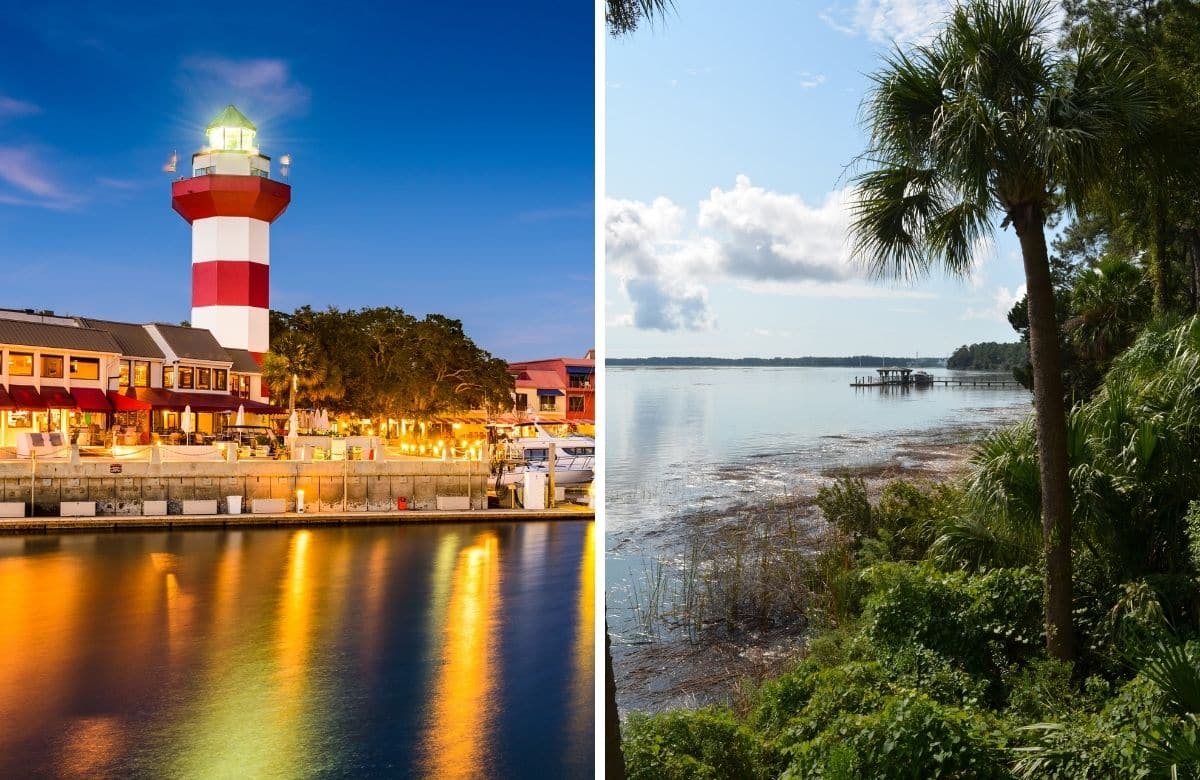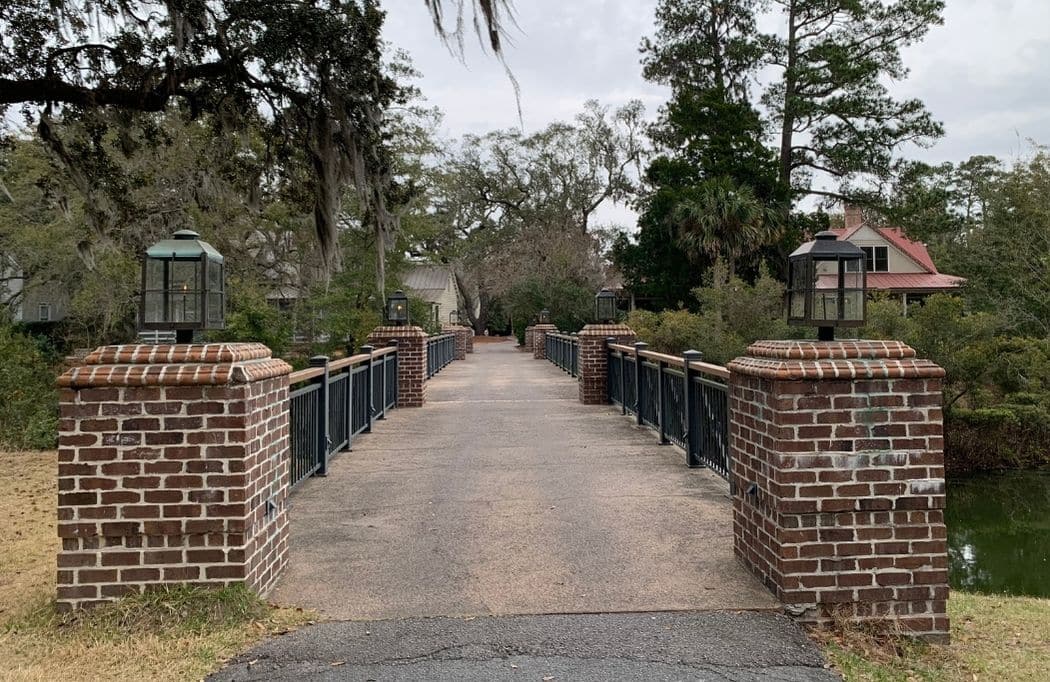The coastal breeze, moss-draped oaks and bright Southern light in South Carolina’s Lowcountry call for homes that feel airy, functional and connected to the outdoors. But if you’re moving from out of state or even from another country, you may wonder: what furnishings and décor should make the trip and what’s better left behind?
Linda Delcher, a Certified Interior Decorator (CID), shares insider tips to help you transform your home into a welcoming Lowcountry retreat.
Embrace the Light: What to Bring
The Lowcountry’s natural light and coastal landscapes should be the star of your interiors. Bring pieces that complement (not compete with) this unique natural backdrop.
Neutral, Light Upholstery
Soft whites, sandy beiges and subtle grays work beautifully in open floor plans and sun-filled rooms. If you own sofas or chairs in these tones, they’ll fit seamlessly into your new home.
Natural Materials
Woven rattan, wicker, reclaimed wood and linen fabrics reflect the Lowcountry style and stand up well to humidity. Bring accent furniture or accessories in these textures to add warmth and character.
Versatile Rugs
Flat-weave or indoor/outdoor rugs are practical for coastal living. They resist sand, spills and humidity while still grounding your living spaces with style.
Personal Touches
Art, books and meaningful collections will make your new house feel like home. Linda suggests grouping smaller collections together rather than spreading them throughout the house for maximum impact.
Rethink & Refresh: What to Leave Behind
Certain furnishings and finishes that worked “up North” or in other regions might not translate to Lowcountry living. Leaving them behind can save you moving costs and allow you to design with intention.
Oversized, Heavy Furniture
Massive sectional sofas or ornate dining sets can overwhelm the lighter, more open layouts common in Bluffton and Hilton Head homes. Consider scaling down to pieces that encourage flow and conversation.
Dark, Heavy Fabrics
Velvet drapes or jewel-toned upholstery can feel stifling in a sunny, coastal environment. Lighter fabrics in cotton or linen breathe better in the humid climate.
Formal Window Treatments
Heavy curtains block the natural beauty outside. Plantation shutters, sheer drapes or woven shades are better suited to Lowcountry homes.
Wall-to-Wall Carpeting
High humidity and sandy feet make carpeting impractical. Embrace tile, wood, or LVP floors, and use area rugs where softness is desired.
Linda’s Tip: Start With the Essentials
Rather than moving everything, bring the pieces you know you love and need. Give yourself time to live in your new home before filling in the gaps. Local design shops and artisans offer countless opportunities to add Lowcountry charm that feels authentic to your style.
At Delcher & Delcher, we don’t just help you find the perfect home; we help you imagine the lifestyle that comes with it. With Linda’s interior design expertise and our team’s local knowledge, we make your transition to the Lowcountry seamless and inspiring.



